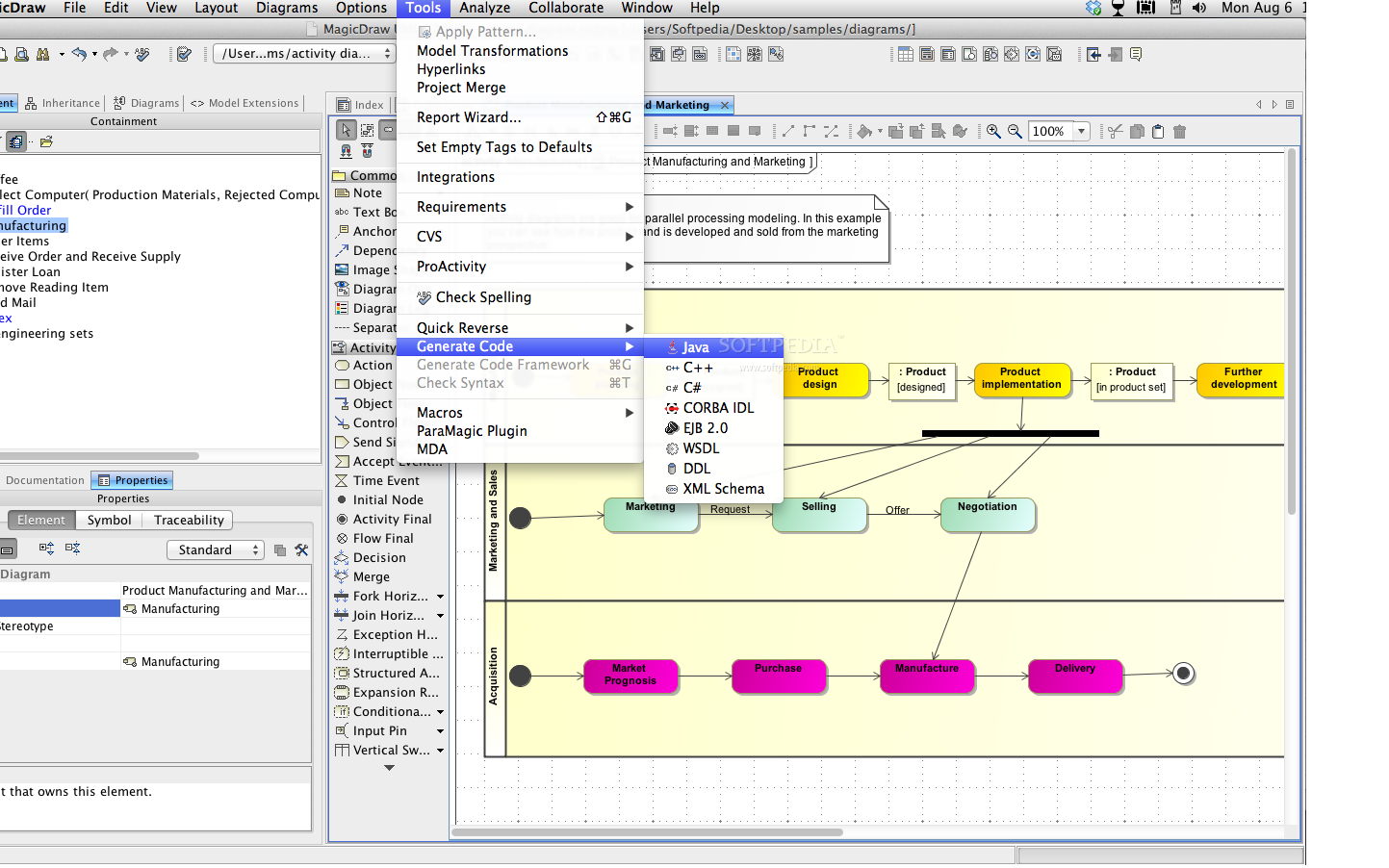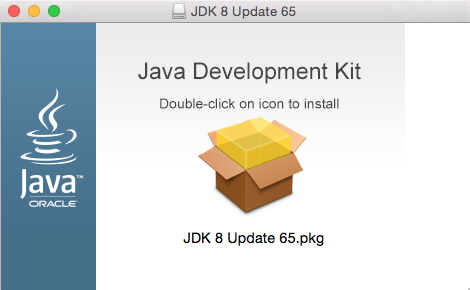
1. Overview


If you have not yet installed Apple's Java OS X 2012-006 update, then you are still using a version of Apple Java 6 that includes the plug-in and the Java Preferences app. See 'Note for Users of OS X that Include Apple Java 6 Plug-in'. There can be multiple JDKs installed on a system, as many as you wish. AES Crypt is available in both source and executable (binary) forms. The program is designed for operation on Windows (10, 8, 7, Vista, and XP), Linux, and Mac (Intel and PowerPC). To download, select the preferred package for the desired operating system or environment. Alternatively, you can clone code from the Git Repositories. Feb 24, 2018 In Mac OS, start “Activity Monitor”. Select “All Processes” and look for “java.exe'. In Linux/Mac OS, you may issue “ps aux grep tomcat' to locate the Tomcat process. If you have not yet installed Apple's Java OS X 2012-006 update, then you are still using a version of Apple Java 6 that includes the plug-in and the Java Preferences app. See 'Note for Users of OS X that Include Apple Java 6 Plug-in'. There can be multiple JDKs installed on a system, as many as you wish.
In this quick article, we’ll take a look at how to set the JAVA_HOME variable on Windows, Mac OS X, and Linux.
2. Windows
2.1. Windows 10 and 8
How To Install Java On Mac Os X
- Open Search and type advanced system settings
- In the shown options, select the View advanced system settings link
- Under the Advanced tab, click Environment Variables
- In the System variables section, click New (or User variables for single user setting)
- Set JAVA_HOME as the Variable name and the path to the JDK installation as the Variable value and click OK
- Click OK and click Apply to apply the changes
2.2. Windows 7
- On the Desktop, right-click My Computer and select Properties
- Under the Advanced tab, click Environment Variables
- In the System variables section, click New (or User variables for single user setting)
- Set JAVA_HOME as the Variable name and the path to the JDK installation as the Variable value and click OK
- Click OK and click Apply to apply the changes
Open Command Prompt and check the value of the JAVA_HOME variable:
The result should be the path to the JDK installation:
3. Mac OS X
3.1. Single User – Mac OS X 10.5 or Newer
From OS X 10.5, Apple introduced a command line tool (/usr/libexec/java_home) which dynamically finds the top Java version specified in Java Preferences for the current user.
Open ~/.bash_profile in any text editor and add:
Save and close the file.
Open a Terminal and run the source command to apply the changes:
Now we can check the value of the JAVA_HOME variable:
The result should be the path to the JDK installation:
3.2. Single User – Mac OS X Older Versions
For older versions of OS X, we have to set the exact path to the JDK installation:
Open ~/.bash_profile in any editor and add:
Save and close the file.
Open a Terminal and run the source command to apply the changes:
Now we can check the value of the JAVA_HOME variable:
The result should be the path to the JDK installation:
3.3. Global Setting
To set JAVA_HOME globally for all users, the steps are the same as for single user, but the file /etc/profile is used.

4. Linux
We're going to manipulate the PATH here, of course – so, if you haven't done that before, here are the detailed instructions on how to do it.
4.1 Single User
To set JAVA_HOME in Linux for a single user, we can use /etc/profile or /etc/environment (preferred for system-wide setting) or ~/.bashrc (user-specific setting).
Open ~/.bashrc in any text editor and add:
Save and close the file.
Run the source command to load the variable:
Now we can check the value of the JAVA_HOME variable:
The result should be the path to the JDK installation:
4.2 Global Setting
To set JAVA_HOME in Linux for all users, we can use /etc/profile or /etc/environment (preferred).
Open /etc/environment in any text editor and add:
Please note that /etc/environment is not a script, but a list of assignment expressions (that is why export is not used). This file is read at the time of login.
To set JAVA_HOME using /etc/profile, open the file and add:
Run the source command to load the variable:
Now we can check the value of the JAVA_HOME variable:
The result should be the path to the JDK installation:
5. Conclusion
In this article, we have covered ways to set the JAVA_HOME environment variable on Windows, Mac OS X, and Linux.
Download Java On Mac Os
Get started with Spring 5 and Spring Boot 2, through the Learn Spring course:
>> CHECK OUT THE COURSE



